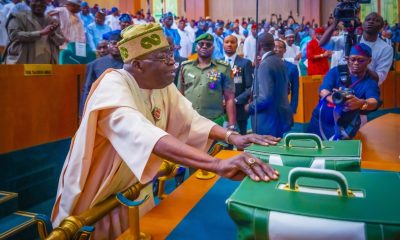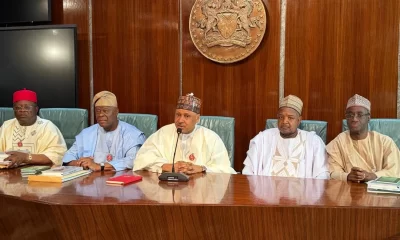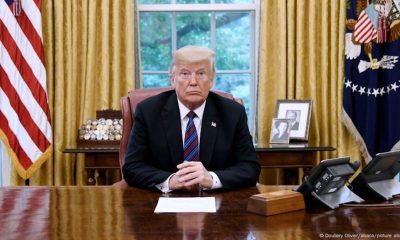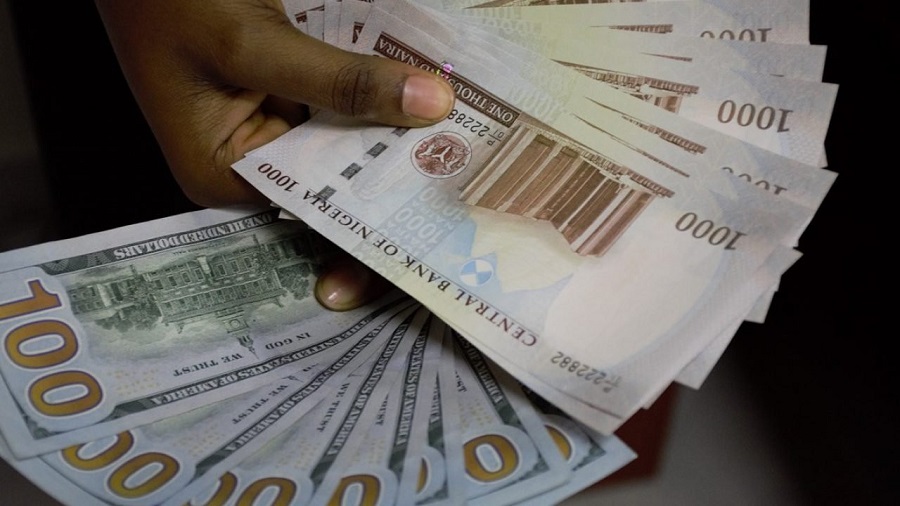Since the Governor of the central bank, Godwin Emefiele took office in March 2014 to date, the Naira official rate compared to the US Dollar has depreciated from N164 to N419.
In the parallel market, the situation is even worse, the Naira has weakened from $1/N180 to $1/605. This is a 70.5% depreciation of the Naira in 8 years.
This rapid depreciation over a span of 8 years has occurred despite numerous forex policies by the CBN, albeit policies have been skewed towards capital controls and demand-side management.
The fall in oil price which began in late 2014 triggered the first set of devaluation of the naira falling from N165/$1 to about N187/$1.
By 2016, the exchange rate experienced large volatility specifically falling to about N350/$1 and then N510/$1 before the apex bank introduced the Investor & Exporter window (IEFX), which helps stabilize the rate for the next two years. Specifically, between 2017 and 2021, the official rate oscillated around the N360/$1 range.
READ ALSO: Naira gains marginally against Dollar at official market
Specifically, in March 2021, CBN introduced the “Naira 4 Dollar Scheme”, intended to boost the inflow of diaspora remittances into the country. This program works by paying diaspora remittance recipients an incentive of N5 for every USD$1, received through licensed International Money Transfer Operator (IMTO)
In May 2021, CBN adopted the NAFEX rate as the benchmark rate. This initiative simply meant that rather than having multiple official rates (e.g. CBN rate at N379/$ vs. IEFX rate of N410/$ at the time), the CBN simply decided to reduce the number of official rates. Arguably one benefit of this action was that it reduced the FX subsidy by at least 7.5% (N410/$ vs. $379/$)
In July 2021, the CBN announced the discontinuation of foreign exchange (forex) sales to Bureaux De Change (BDC) operators. The governor of the CBN, Godwin Emefiele alleged that some BDC’s actions contravened the agreement with the apex bank, by seeking to maximize profits which he deemed excessive.
In February 2022, the CBN extended the Naira for Dollar scheme from the IMTOs to the IEFX window. Specifically, the CBN released instructions that outline that it will facilitate payment of N65 for every US dollar repatriated and sold at the Investors and Exporters Window.
READ ALSO: CBN dismisses report on planned replacement of Naira with eNaira
It is worth noting that despite all the efforts of the CBN, there are key macroeconomic realities which monetary policies alone are a blunt tool to impact.
Specifically, inflation and economic growth. In countries with high inflation, there are usually huge outflows of capital as folks are reluctant to save in that currency given that inflation will erode the value of your savings. When high inflation is compounded by low growth, this simply accelerates the capital flight.
Consequently, despite the flurry of new policies designed to organically attract dollar inflows, the twin challenges of high inflation and low growth remain a stumbling block to increased dollar inflows.
The CBN has the option to increase interest rates to attract more investors but thus far, the apex bank appears to be unwilling to pull that lever, attributing its stance to a need to pursue development finance agenda to boost economic growth.

 Business6 days ago
Business6 days ago
 Business7 days ago
Business7 days ago
 Latest2 days ago
Latest2 days ago
 Business7 days ago
Business7 days ago
 Business7 days ago
Business7 days ago
 Business1 week ago
Business1 week ago
 Politics7 days ago
Politics7 days ago
 Latest3 days ago
Latest3 days ago

